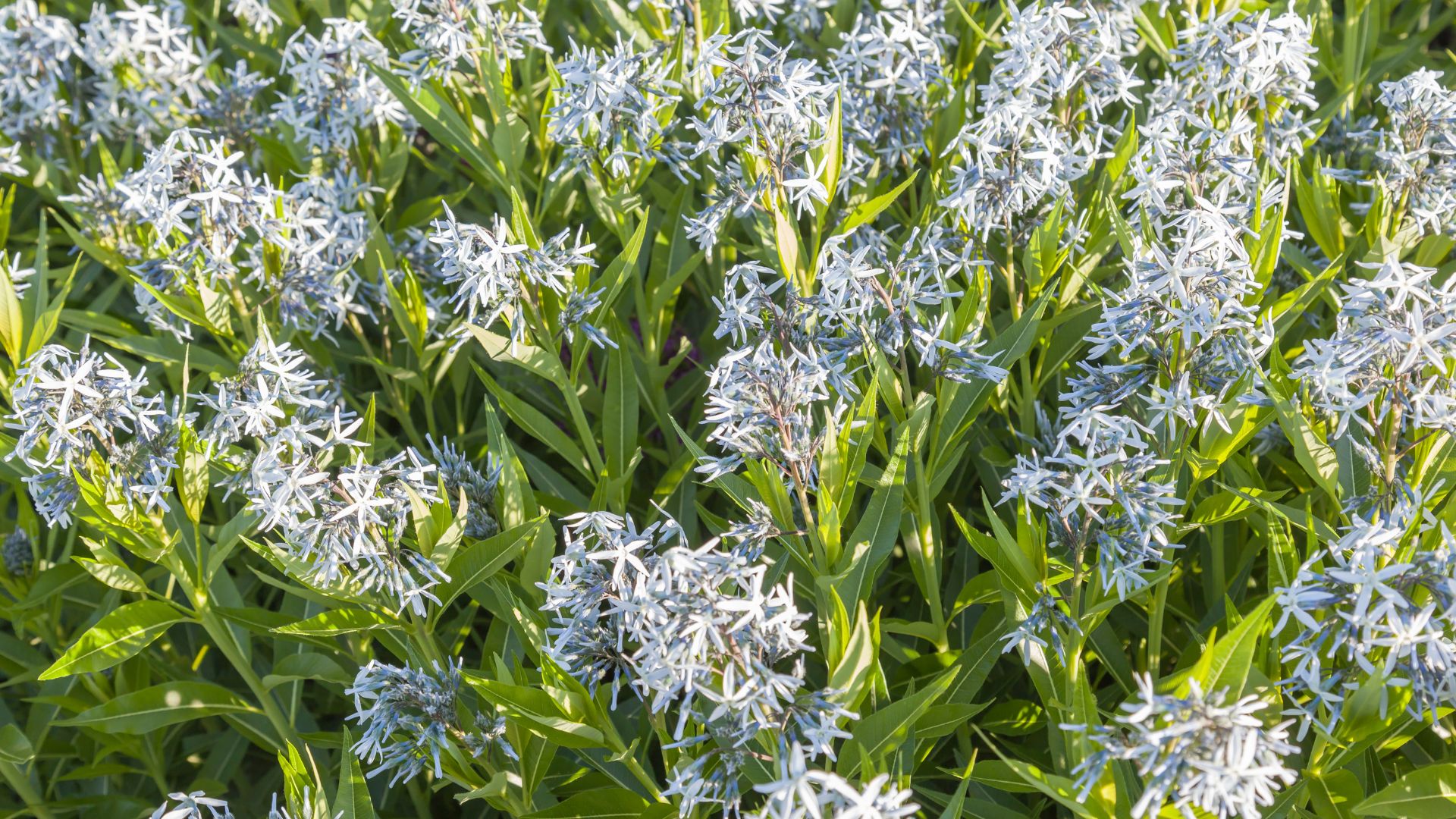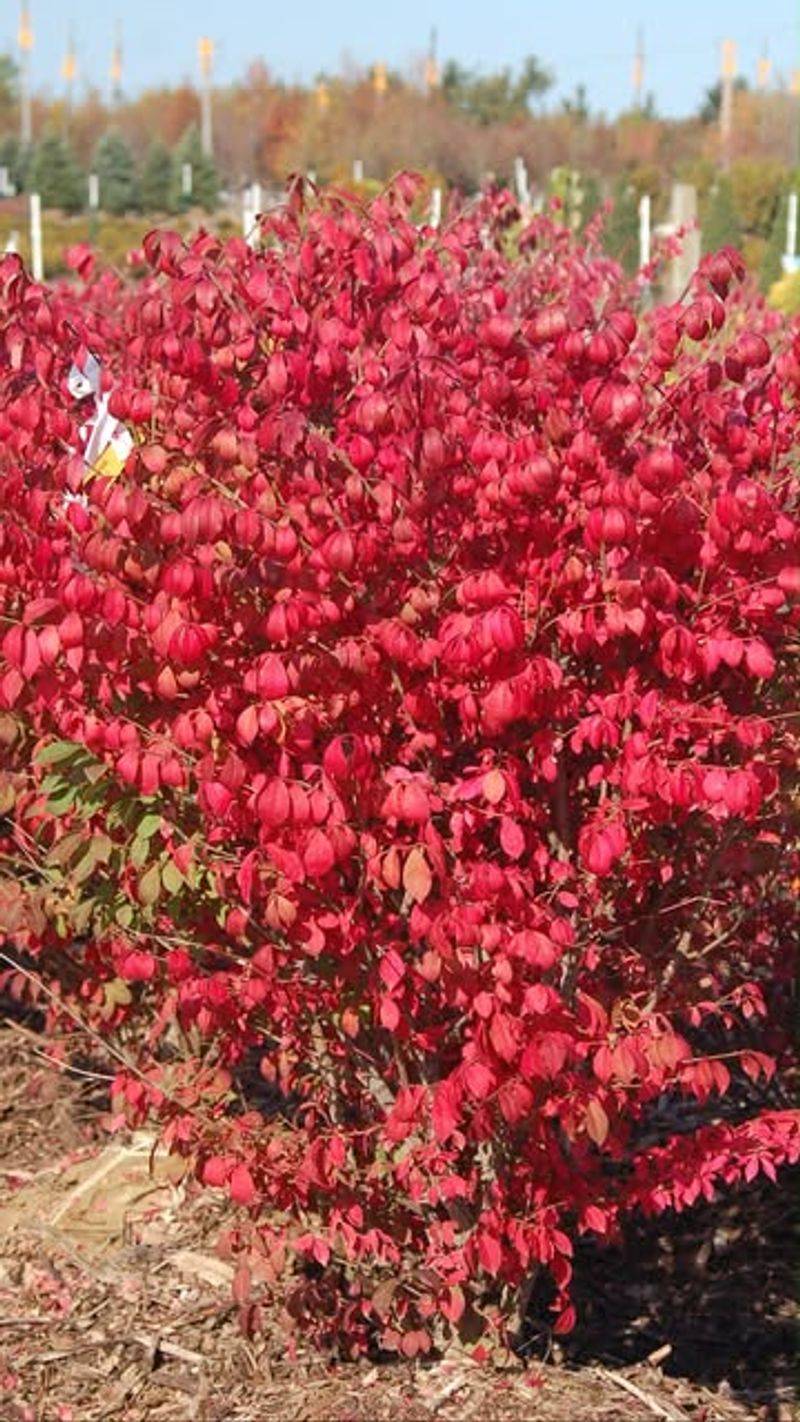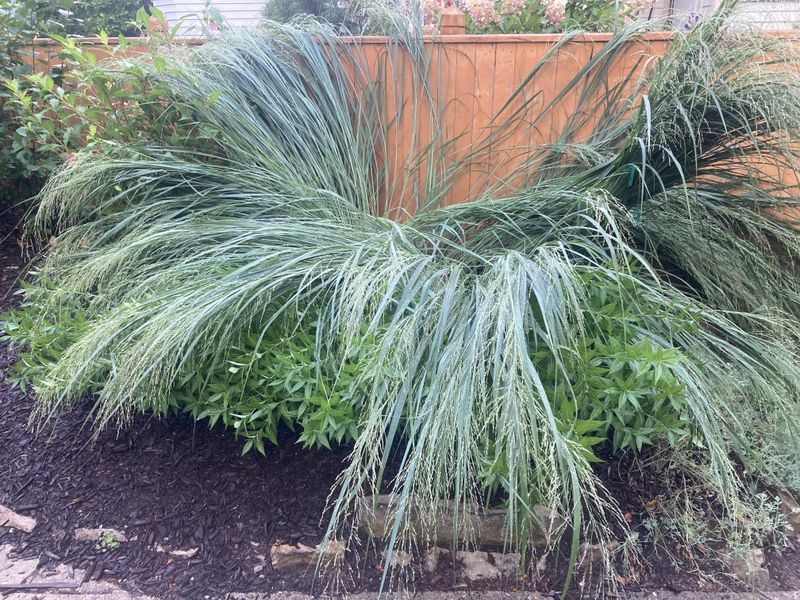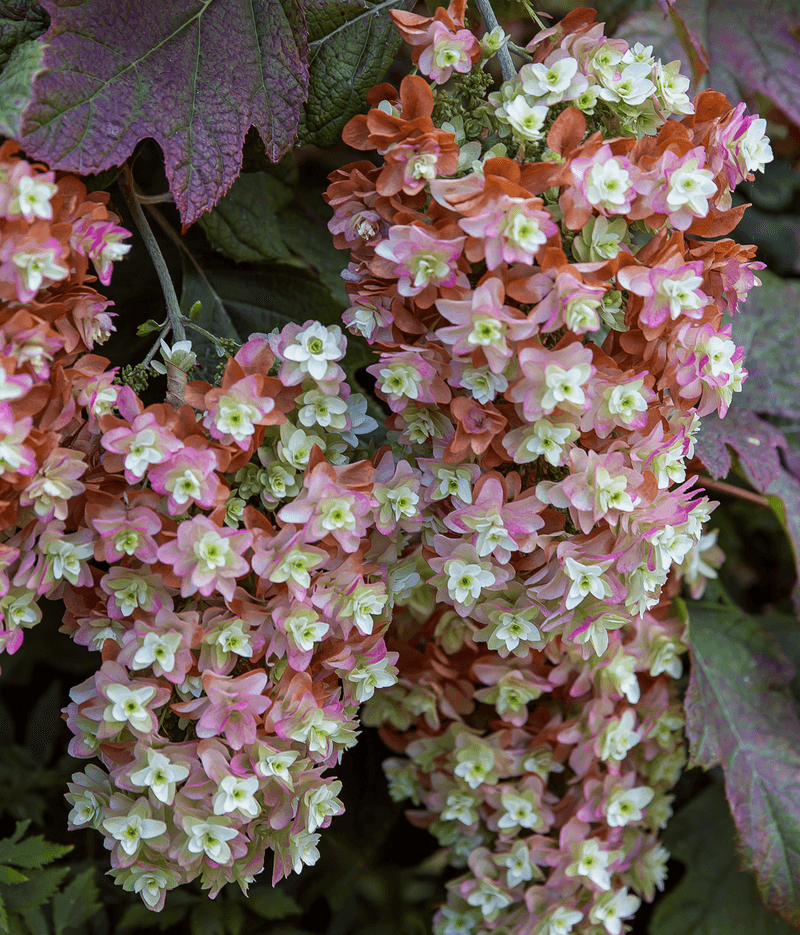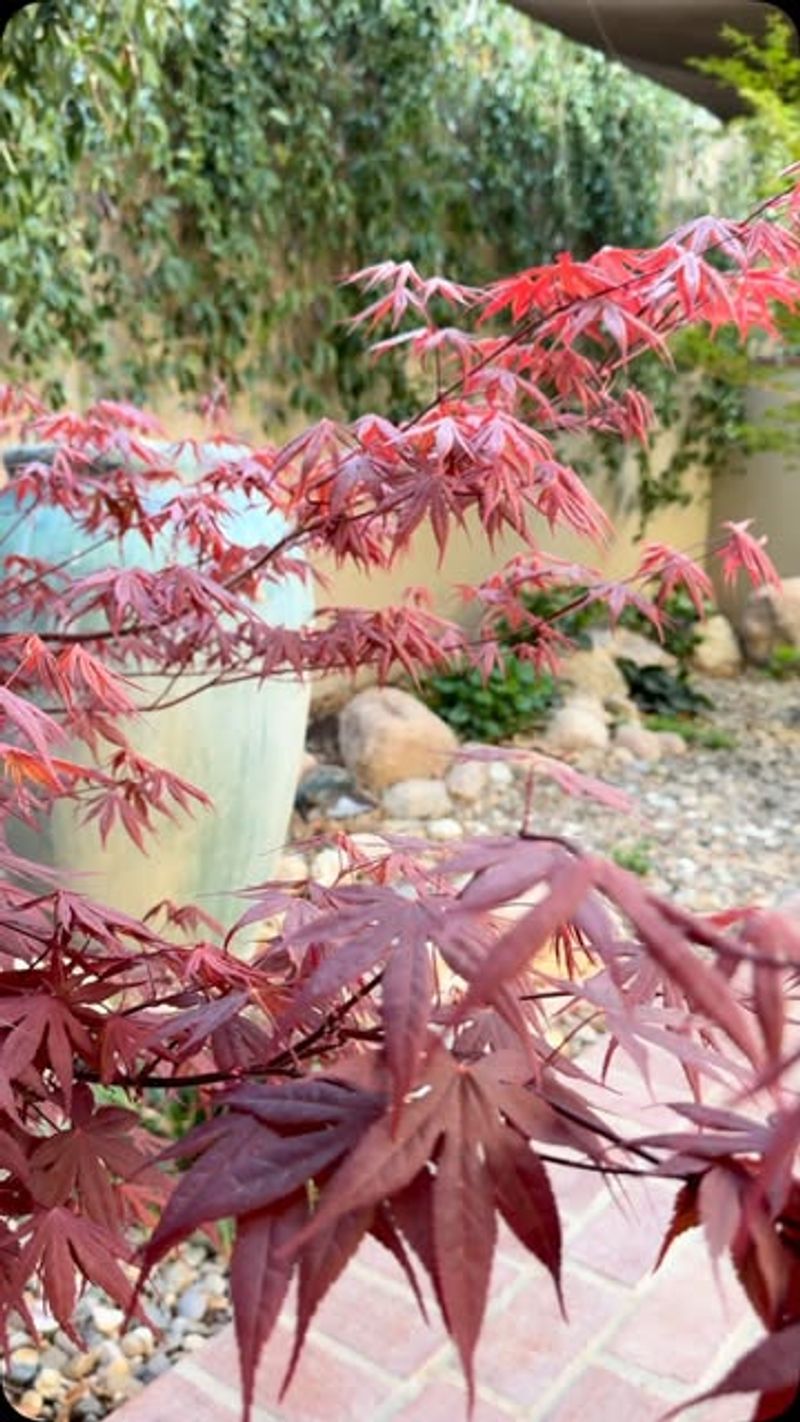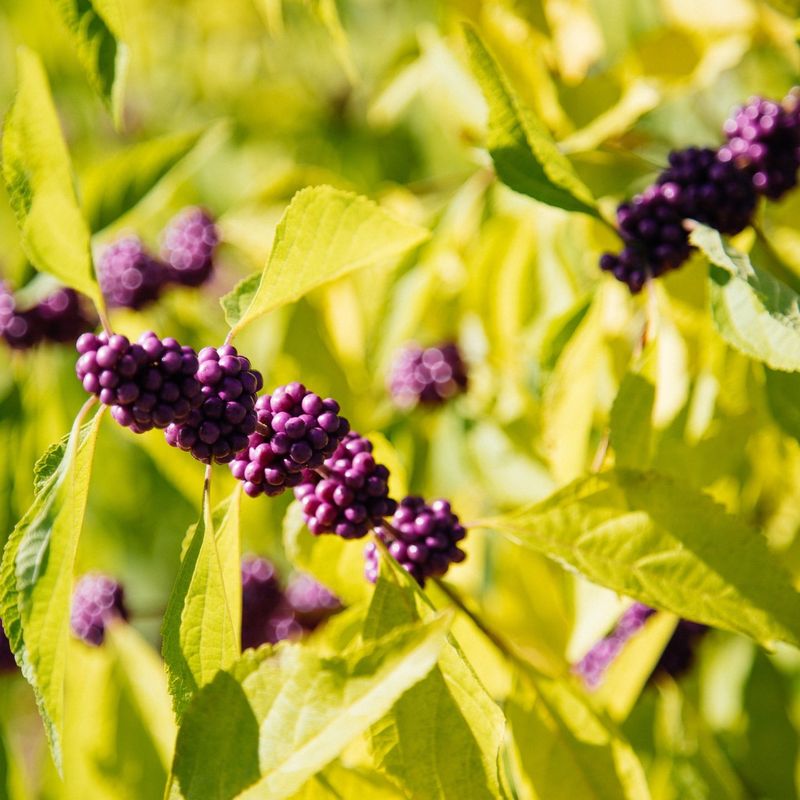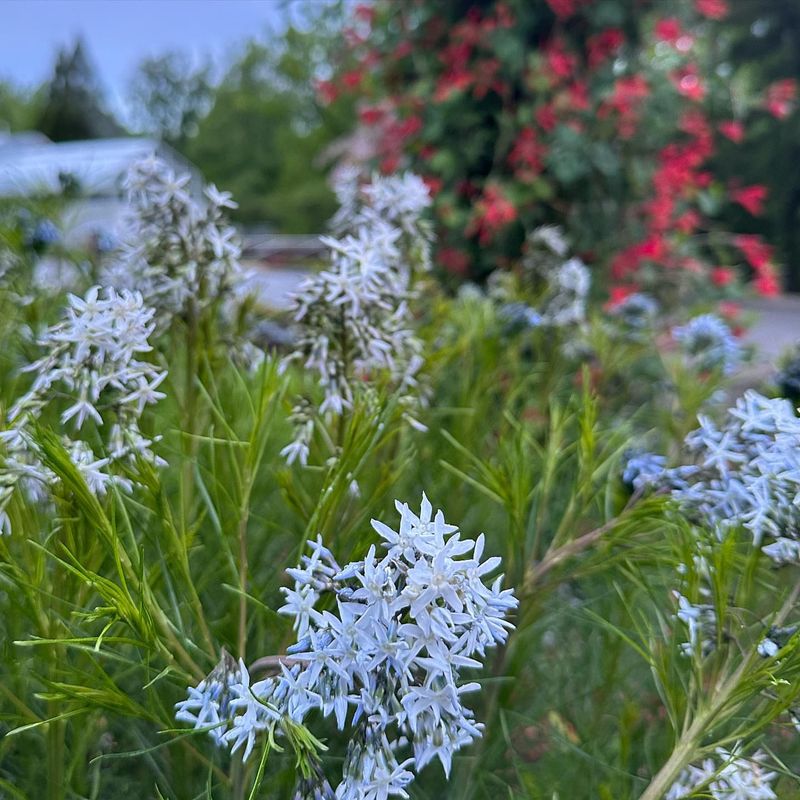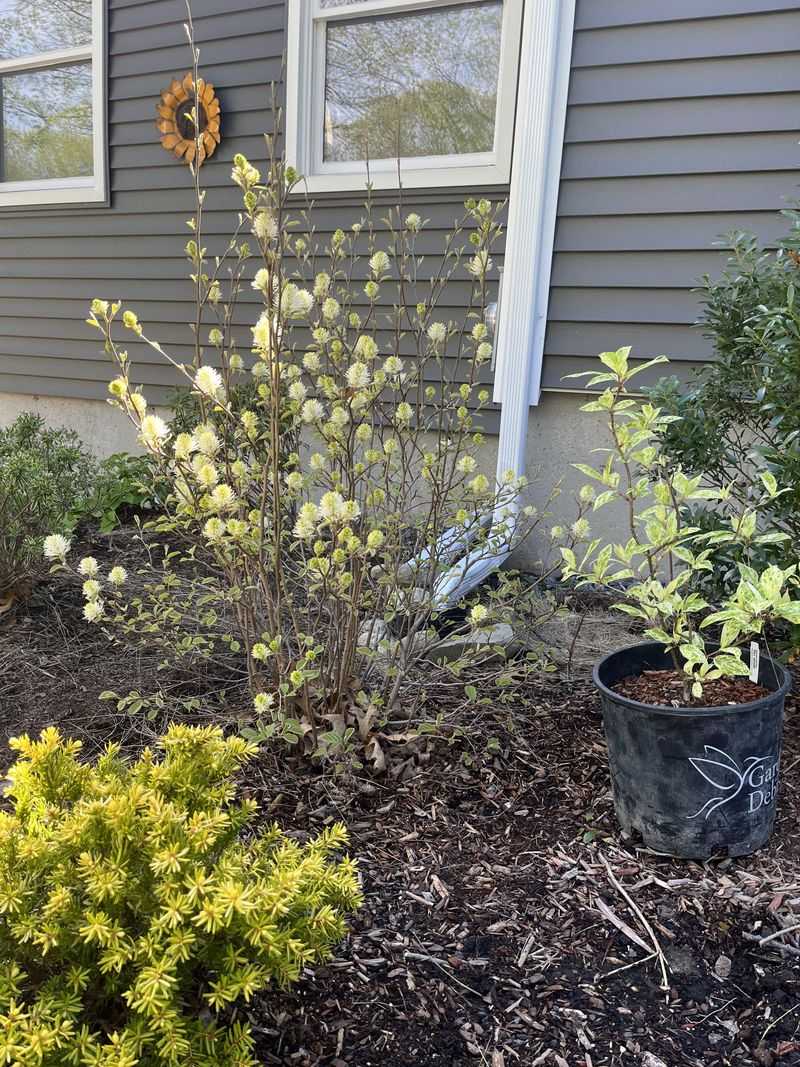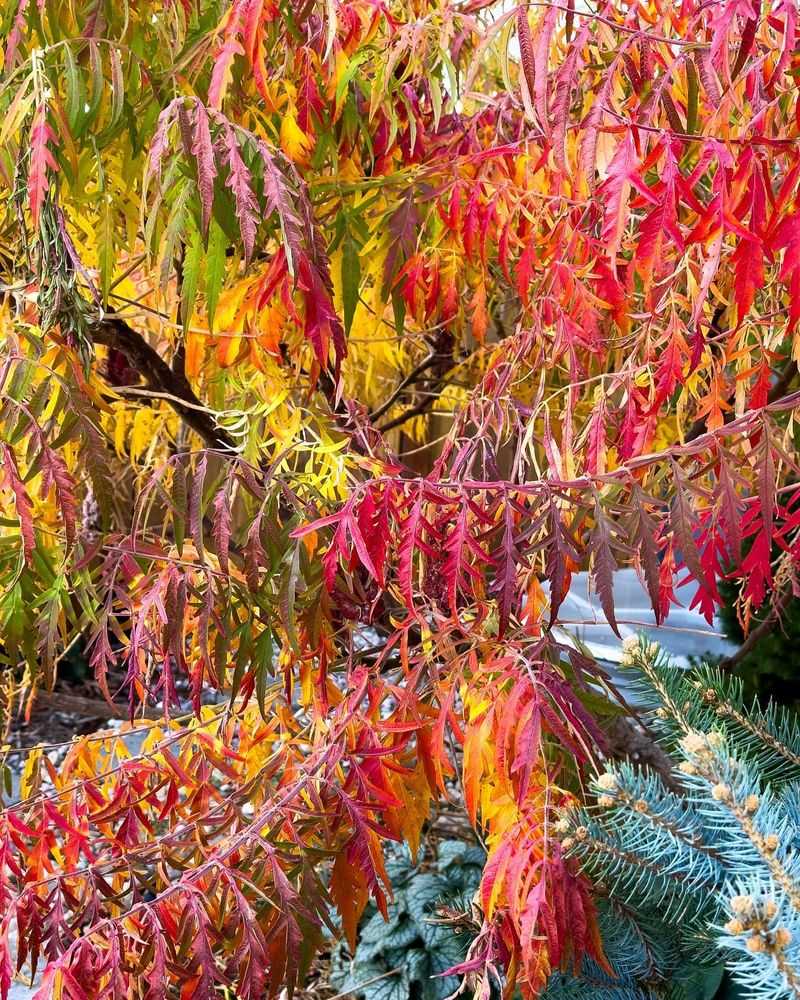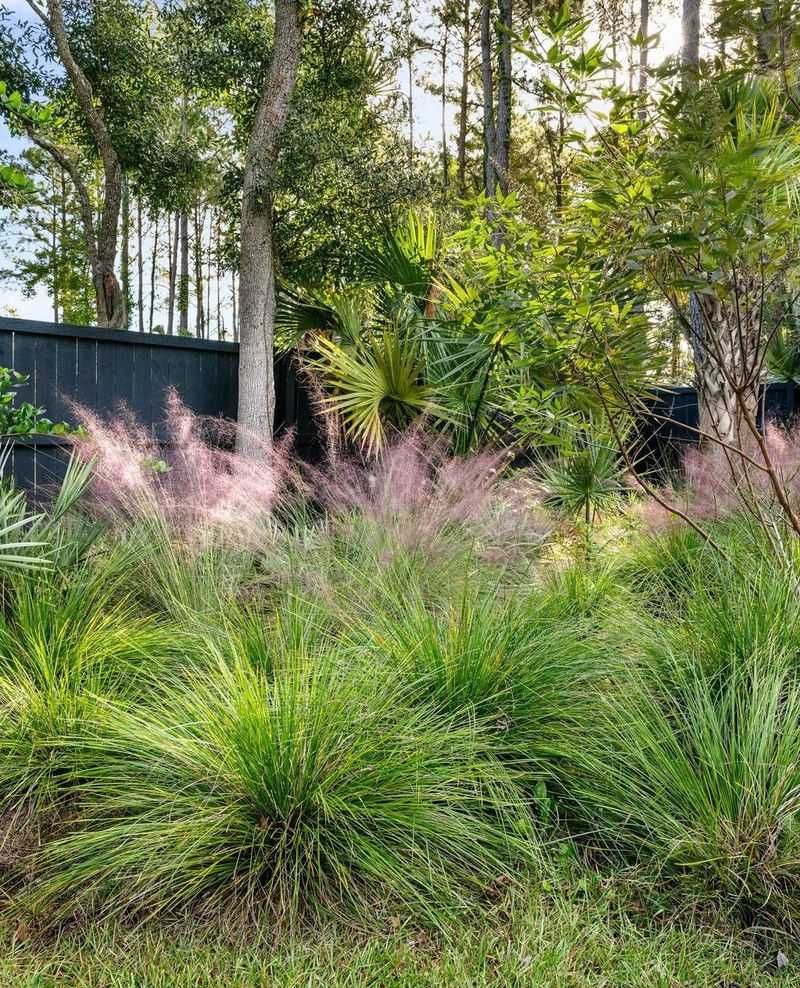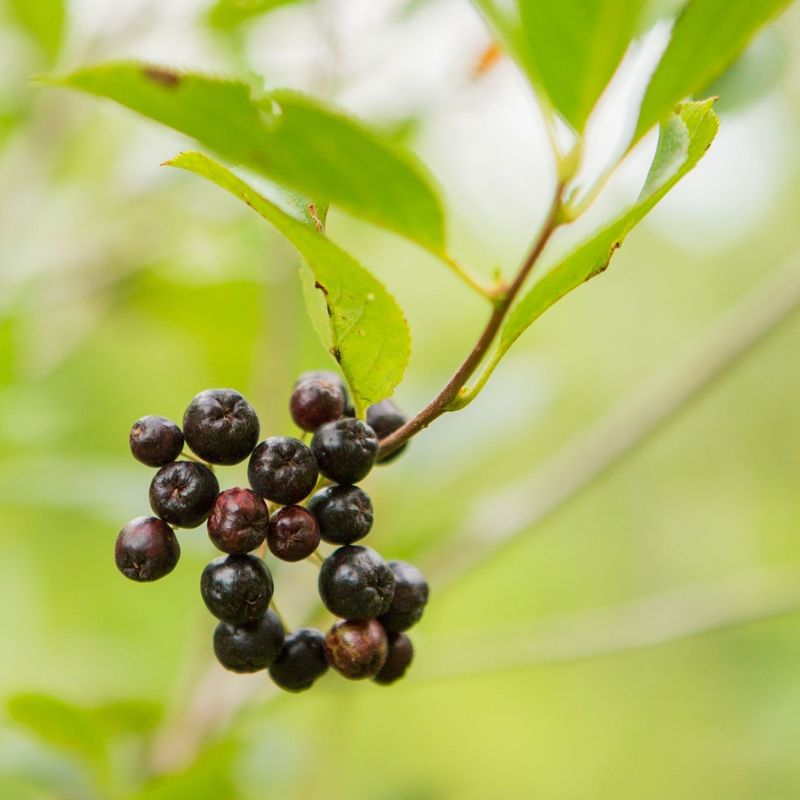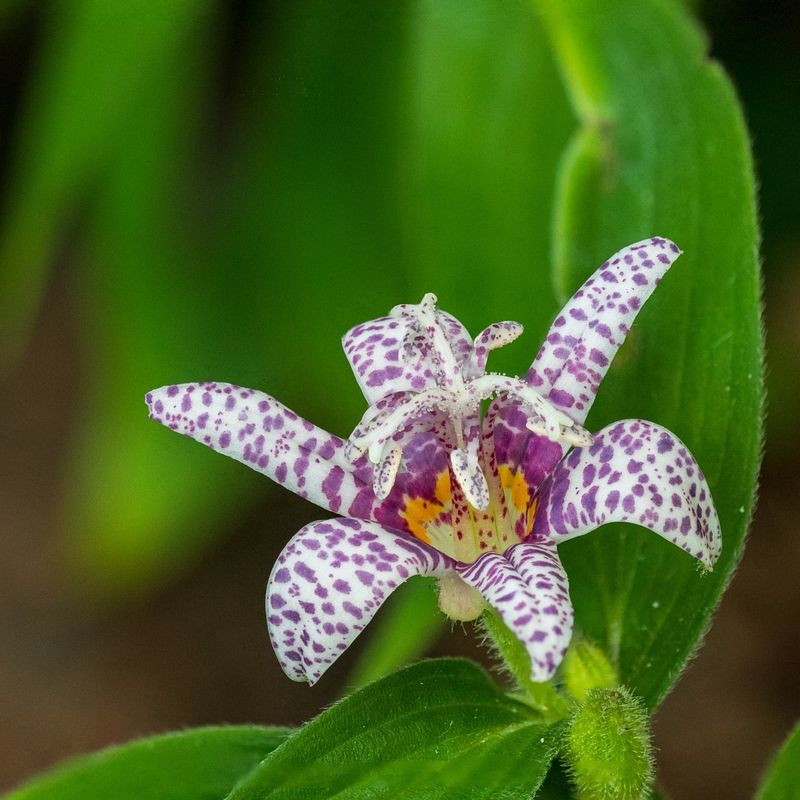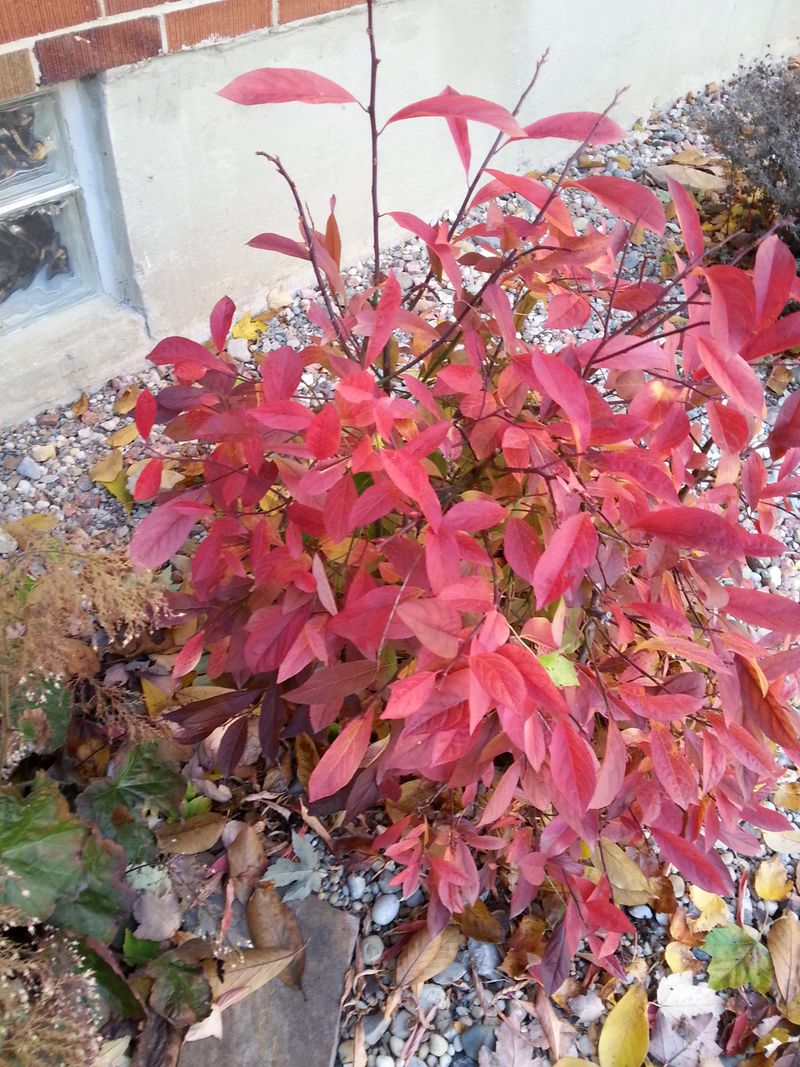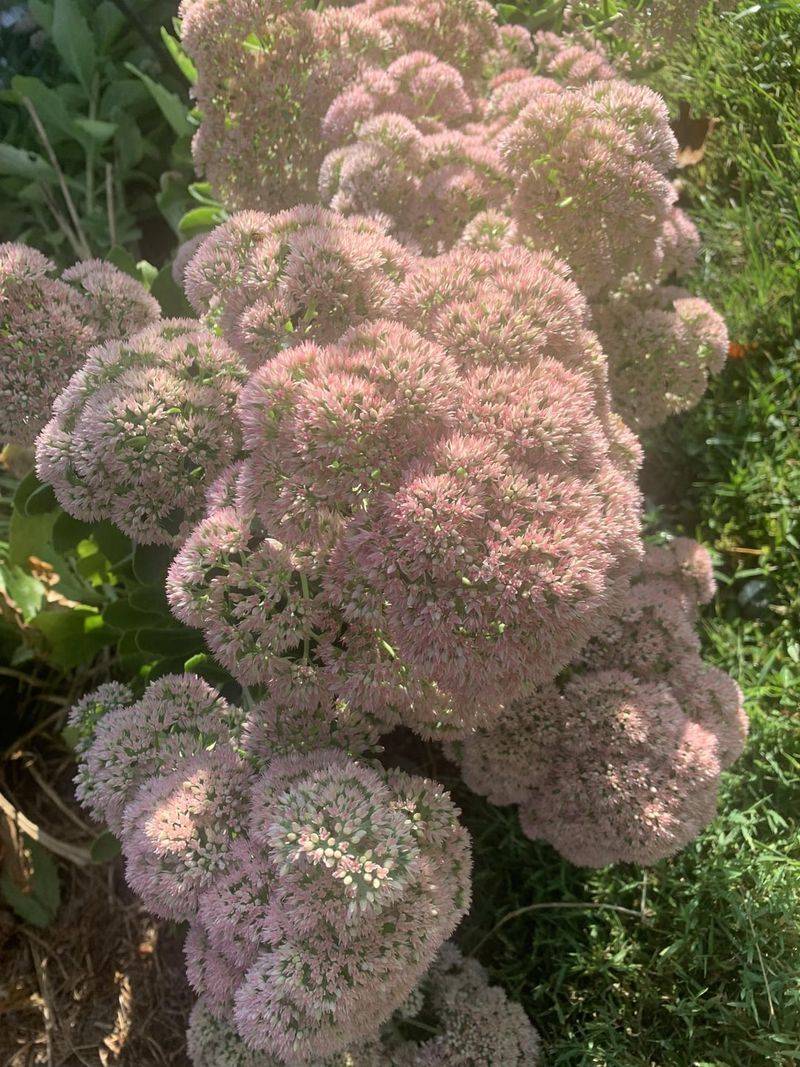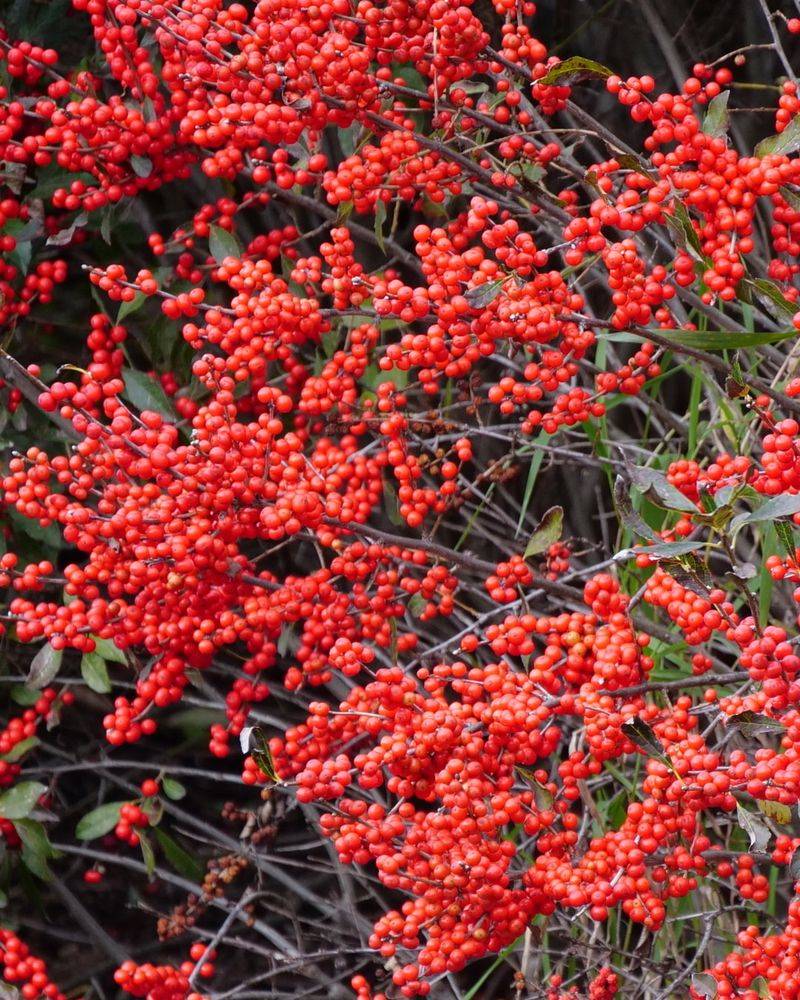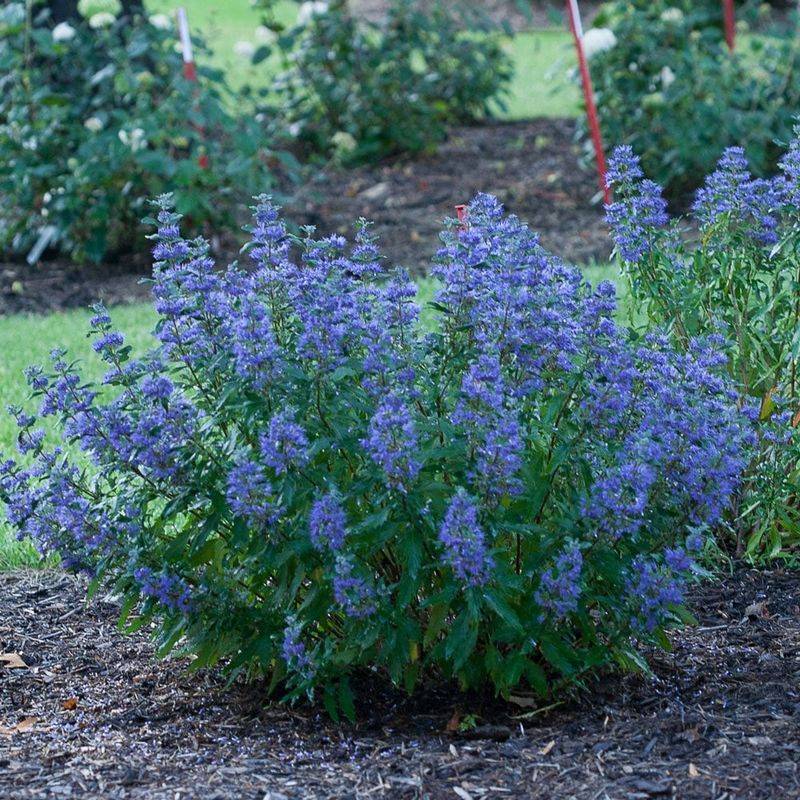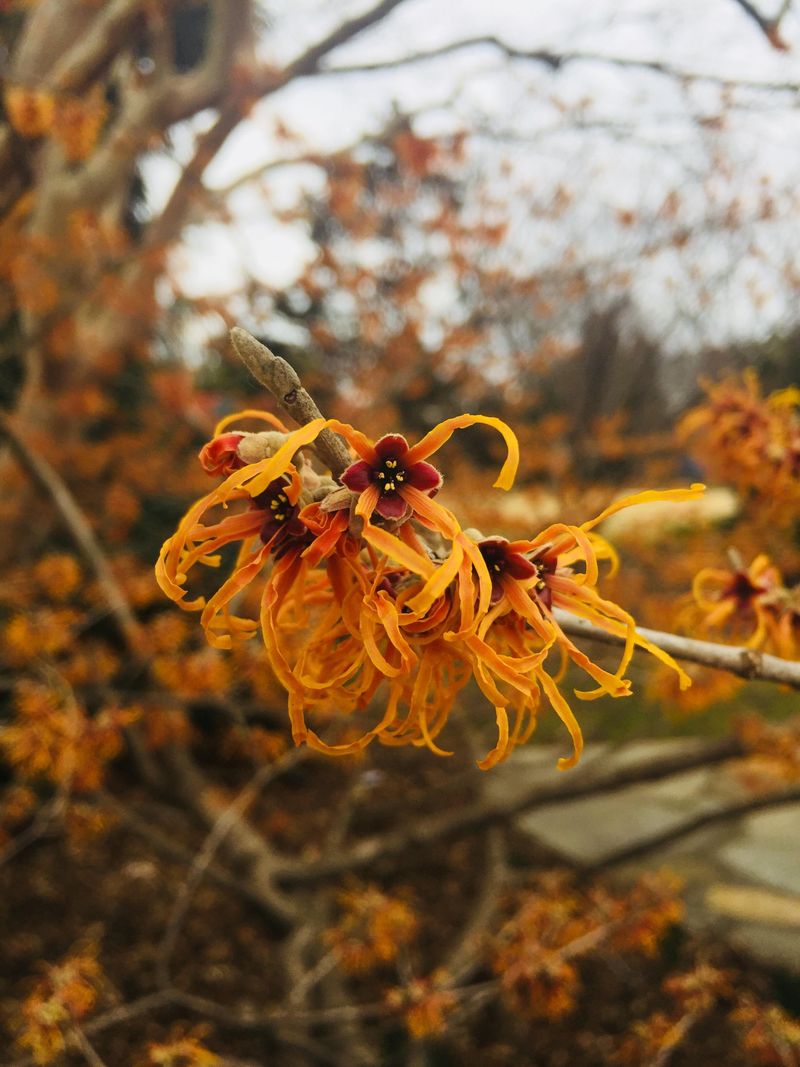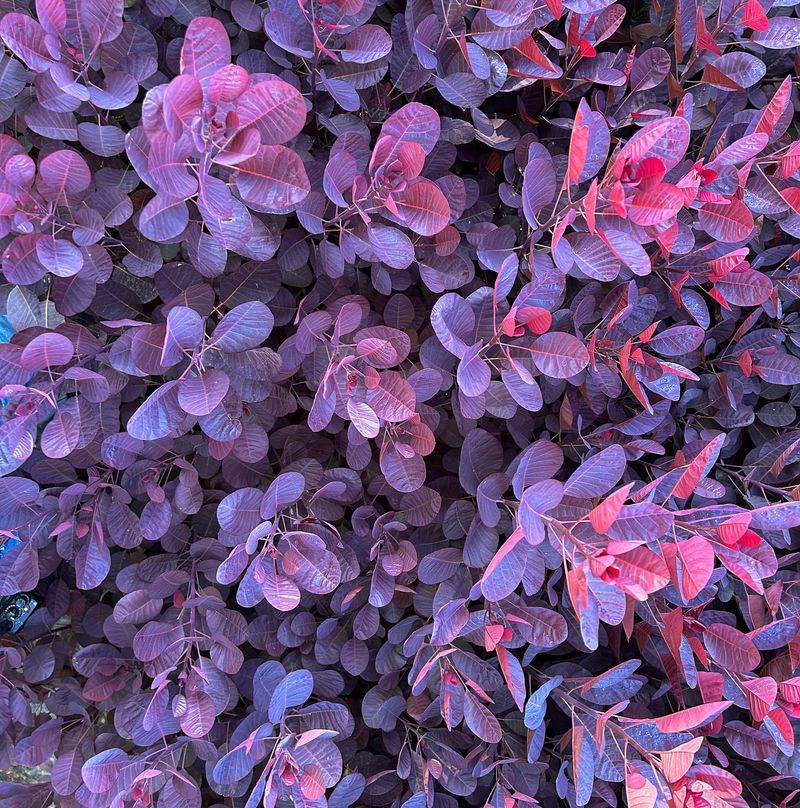Fall gardening in Missouri brings unique opportunities to create stunning landscapes when summer flowers start to fade. The crisp autumn air and changing light create perfect conditions for plants that offer rich colors, interesting textures, and striking silhouettes.
I’ve spent years experimenting with different plants that can handle our unpredictable Missouri fall weather patterns. Some afternoons still feel like summer, while mornings can bring that first hint of frost – finding plants that thrive in these conditions makes all the difference.
Whether you’re looking to brighten a corner of your yard or create an entire autumn-themed garden bed, these plants will add that perfect dramatic touch to your Missouri landscape when the leaves start to change.
1. Burning Bush
Nothing says fall drama like the fiery red foliage that gives this shrub its fitting name. The transformation begins in late September, turning ordinary green leaves into a blazing spectacle that looks like your garden caught flame.
Grows well in Missouri’s clay soils and tolerates both sun and partial shade. Plant it where you’ll see it from a window – I placed mine outside my kitchen and enjoy the view while washing dishes.
2. Switchgrass ‘Shenandoah’
By late August, the tips of this native grass begin turning deep wine-red, gradually spreading downward through the entire plant. The effect against the setting sun is simply magical – like a garden full of quiet fireworks.
Stands strong through Missouri’s windiest fall days when other plants have given up. My patch has survived three particularly harsh autumns with minimal care, making it perfect for busy gardeners who still want impact.
3. Oakleaf Hydrangea
Massive oak-shaped leaves transform into burgundy, purple, and crimson canvases as temperatures drop. Unlike its summer-flowering cousins, this hydrangea saves its best performance for fall.
The papery blooms, which emerge creamy white in summer, take on russet tones that persist through winter. Last October, after most of my garden had faded, the oakleaf hydrangea continued providing structure and color against the first light dusting of Missouri snow.
4. Japanese Maple ‘Bloodgood’
Already dramatic with its deep burgundy summer foliage, this small tree intensifies to a brilliant scarlet when autumn arrives. The delicate, star-shaped leaves create a filigree effect against the sky that no other plant can match.
Plant in a sheltered spot to protect from Missouri’s occasional harsh fall winds. My specimen survived last year’s early October storm because I positioned it where the house provides some protection from the west – a lesson learned from losing a previous tree.
5. Beautyberry
Just when most plants are finishing their show, beautyberry steps into the spotlight with clusters of vibrant purple berries that seem almost artificial in their intensity. The bright yellow fall foliage creates a stunning contrast against the purple fruit.
Birds largely ignore these berries until late winter, ensuring months of visual interest. Grows surprisingly well in Missouri’s variable soil conditions – my clay-heavy garden hasn’t deterred it a bit, and it’s become a neighborhood conversation starter each autumn.
6. Amsonia ‘Blue Star’
Spring’s blue flowers are just the opening act for this native perennial. The real performance comes in fall when feathery foliage turns a luminous golden-yellow that seems to glow from within, especially in late afternoon light.
Forms graceful mounds that rarely need staking, even in Missouri’s unpredictable fall weather. Planted alongside purple asters, the color contrast creates a show-stopping combination that extends the garden season well into November, something I’ve come to appreciate during our longer autumns.
7. Fothergilla
Honey-scented spring flowers might be this shrub’s claim to fame, but fall is when it truly earns garden space. The rounded leaves transform into a patchwork of orange, yellow, and red – often all on the same plant.
Performs beautifully in Missouri’s acidic woodland soils. When I added this to my partly shaded backyard three years ago, it quickly became the focal point of my autumn landscape, holding its color for nearly a month longer than neighboring maples.
8. Sumac ‘Tiger Eyes’
Fern-like foliage in chartreuse yellow gradually shifts to fiery orange-red as fall progresses. The color transformation is so dramatic that visitors often mistake it for an entirely different plant when seeing it in different seasons.
Grows quickly even in poor soil conditions common in parts of Missouri. Mine reached four feet in just two seasons despite being planted in what I’d consider the most challenging corner of my yard – a spot where the previous owners had left construction debris mixed into the soil.
9. Muhly Grass
Cotton candy-like plumes emerge in late September, creating a pink cloud effect that looks especially magical when backlit by the lower autumn sun. The effect is so ethereal that people walking by often stop to ask what it is.
Surprisingly cold-hardy despite its delicate appearance. Even after Missouri’s early frost last year, the cloudy pink seed heads remained intact, providing winter interest long after other plants had disappeared. A real standout for extending garden beauty beyond the typical growing season.
10. Black Chokeberry
Glossy red and purple fall foliage pairs with clusters of dark berries that persist well into winter. The color combination creates a richness that’s perfect for the season of harvest and abundance.
Native to the Midwest, this shrub handles Missouri’s clay soils with ease. After watching my neighbor struggle with non-native plants, I planted three chokeberries along my property line. They’ve thrived for five seasons now with minimal care, proving that sometimes local plants create the most dramatic effects.
11. Toad Lily
Orchid-like spotted flowers appear just when most gardens have given up on blooms for the year. Their exotic appearance seems almost out of place among fall’s usual suspects, creating a surprising focal point in shady corners.
Thrives in Missouri’s woodland gardens where summer heat has subsided. My patch under a large oak tree has expanded steadily each year, creating a conversation piece that blooms precisely when the rest of my garden has shifted to foliage interest rather than flowers.
12. Virginia Sweetspire
Arching branches draped with garnet-red leaves create a fountain effect in the fall landscape. The color develops gradually, starting at the leaf tips and working inward, creating a two-toned effect during the transition.
Handles Missouri’s wet fall conditions better than many shrubs. During last autumn’s heavy rains, when parts of my garden became temporarily soggy, the sweetspire continued its spectacular color show without complaint, proving its worth as a problem-solver for difficult spots.
13. Sedum ‘Autumn Joy’
Broccoli-like flower heads transform from pale pink to deep russet as the season progresses. The color shift mirrors the changing landscape, making this plant feel perfectly in sync with autumn’s rhythms.
Remains upright when many perennials have collapsed from Missouri’s fall rains. I’ve come to appreciate how the dried flower heads catch frost crystals, creating winter interest long after the growing season has passed – a perfect plant for gardeners who hate the post-garden emptiness of winter.
14. Winterberry Holly
Loses its leaves early to better showcase the brilliant red berries that stud every branch. The effect is particularly striking after the first light snow, when the berries appear even more vivid against the white background.
Requires both male and female plants for berry production – a fact I learned the hard way after my lone female plant produced nothing for two years. Since adding a male pollinator, my Missouri garden now features this native holly’s spectacular berry display from October through January.
15. Caryopteris ‘Blue Mist’
Powder-blue flowers appear in late summer and continue well into fall, creating a cool counterpoint to autumn’s typical warm palette. Bees and butterflies flock to it even as other nectar sources disappear.
Silver-gray foliage adds textural interest and holds up beautifully in Missouri’s dry fall periods. Last September, when we went three weeks without rain, my blue mist shrub continued flowering while many plants went dormant early – earning it a permanent spot in my drought-prone front garden.
16. Witch Hazel
Spidery yellow flowers appear in late fall when most plants have given up for the season. The blooms have a subtle fragrance that carries surprisingly far on cool autumn air – a delightful sensory bonus.
Fall foliage in brilliant gold, orange, or red (depending on variety) adds to the display. My Missouri garden features the native version that blooms in October and November, perfectly timed to bridge the gap between summer’s abundance and winter’s quiet.
17. Smokebush ‘Royal Purple’
Deep purple summer foliage transitions to brilliant scarlet and orange in fall. The color intensity varies from year to year – Missouri’s cooler autumns tend to produce the most vivid display, a fascinating weather barometer in plant form.
Named for its smoky summer flower plumes, but fall is when it truly shines. My specimen grows near the patio where afternoon light shines through the leaves, creating a stained-glass effect that transforms an ordinary seating area into something magical during October evenings.

